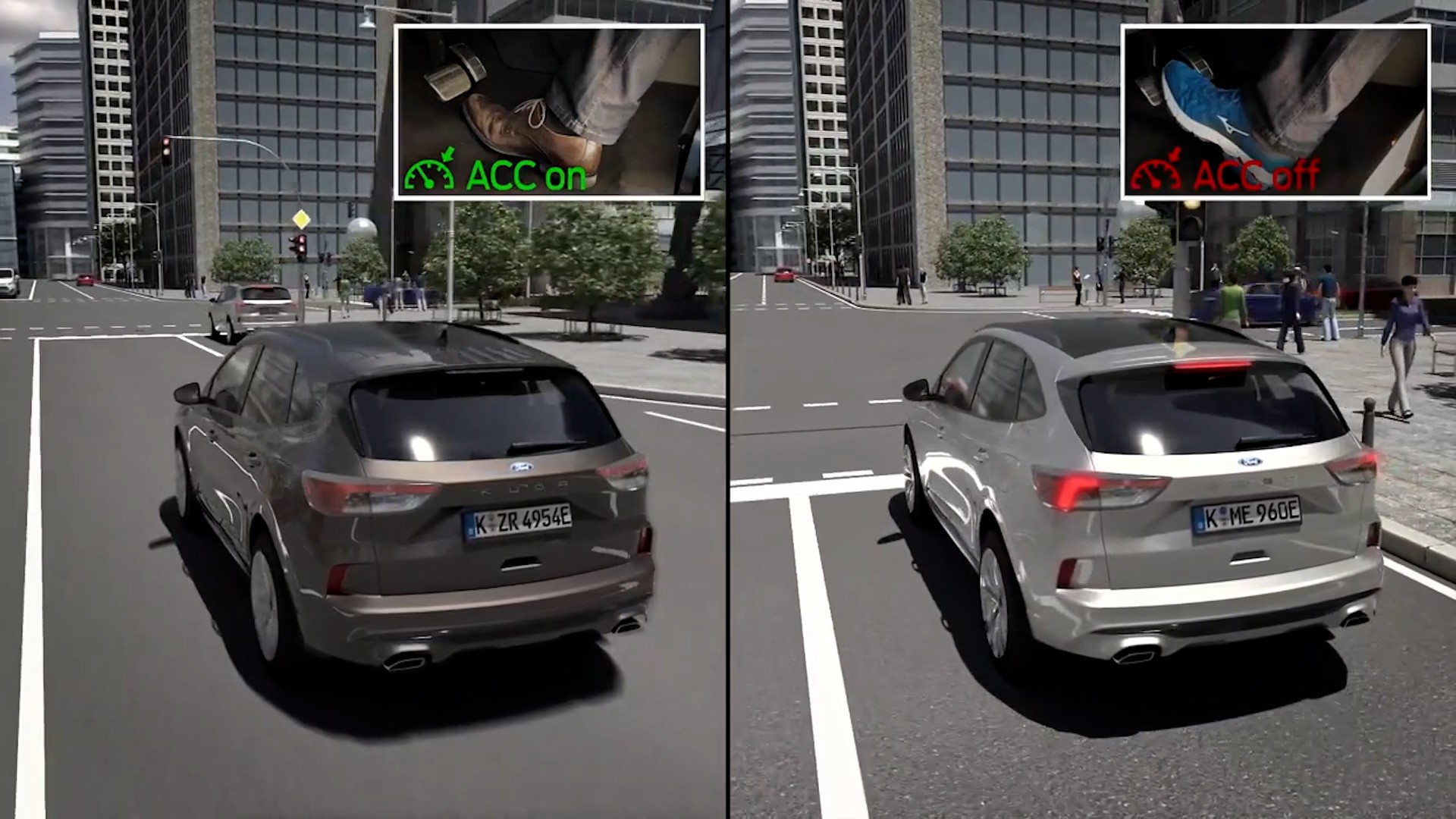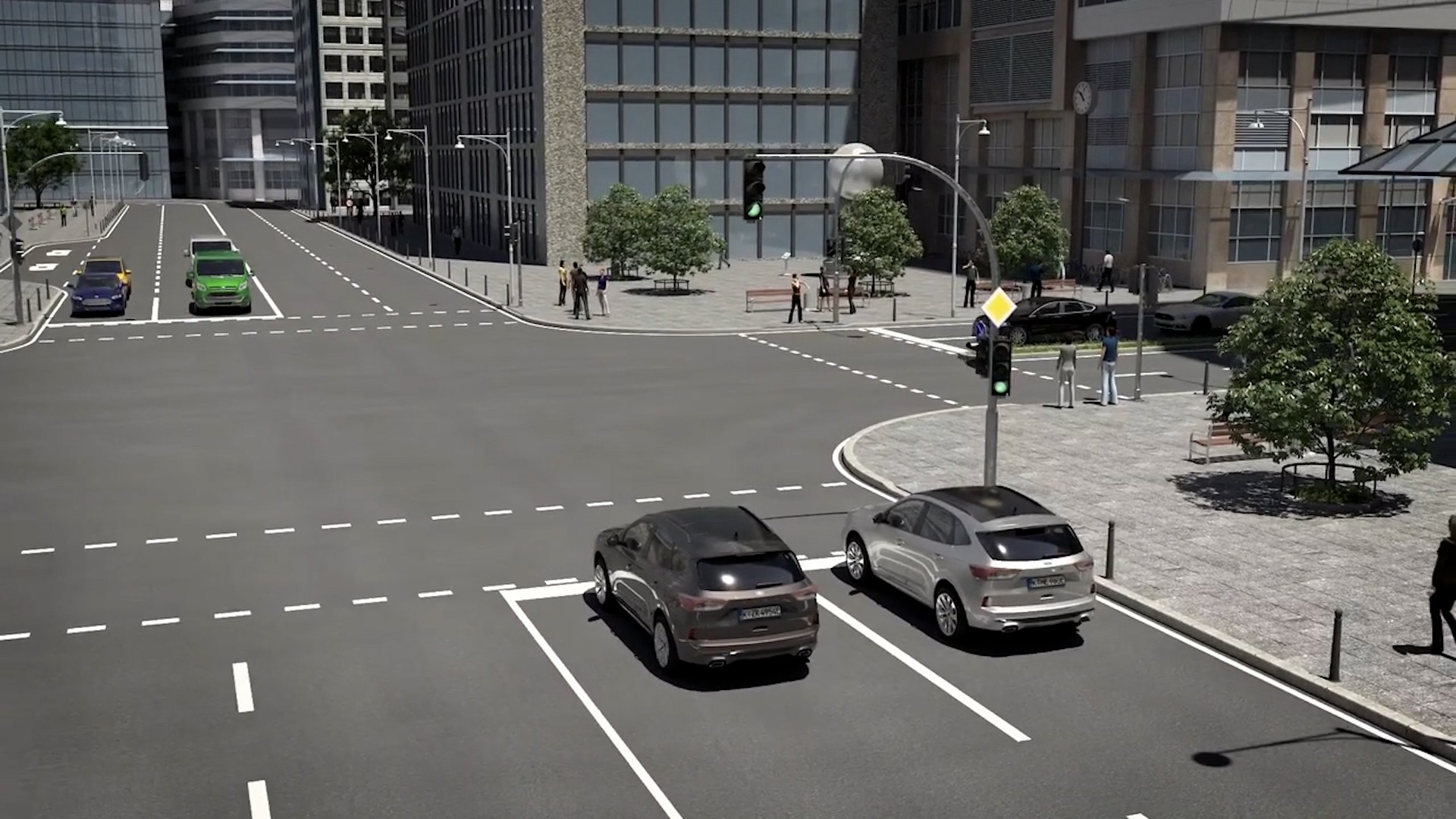For years, authorities worldwide have pursued smarter traffic lights to combat traffic congestion, yet few have succeeded in finding an effective solution.
Researchers at the University of Michigan have discovered that connecting traffic signals to vehicle GPS sensors is the key to making traffic lights “smarter.”
In a recent 18-month study conducted in Birmingham, Michigan, it became clear that existing traffic signal timing systems cannot adequately address dynamic traffic patterns.
While most traffic lights operate based on the time of day and some can adjust timing based on car counts, GPS data offers a more accurate understanding of traffic patterns.

By analyzing data from GM vehicles equipped with GPS sensors, researchers found that it’s possible to identify patterns that can help traffic lights alleviate congestion and reduce delays. GPS sensors provide valuable information such as the number of stops, route choices, and vehicle delays.
Instead of relying on traditional methods like car counting and speed estimation, a GPS-connected system can make real-time adjustments using data from vehicles.
Following the unpredictable traffic patterns that emerged after the 2020 health crisis, navigation apps like Google Maps and Waze rely on historical and real-time data, but a GPS-powered system would offer even greater accuracy.
The proposed concept doesn’t necessitate outfitting all vehicles with GPS sensors. The study involved only GM vehicles, which represent about 10% of vehicles in the US, indicating that data from one in ten vehicles is sufficient to power the system.
For instance, a vehicle stopping 100 feet from an intersection suggests it’s waiting at a traffic light, allowing the system to calculate the number of waiting cars even without GPS.
Providing traffic light systems access to connected cars is more cost-effective than traditional adaptive systems. While traditional adaptive systems can cost up to $50,000 per intersection, the GPS-powered system would be significantly cheaper. The optimization process, which typically occurs every two to five years, requires a thorough analysis of collected data.
The University of Michigan’s proposal can be implemented worldwide if traffic light systems are configured to collect data from GPS-equipped vehicles. Despite this potential, no municipalities have yet shown interest in what researchers describe as “the world’s first large-scale, cloud-based traffic signal retiming system.”

